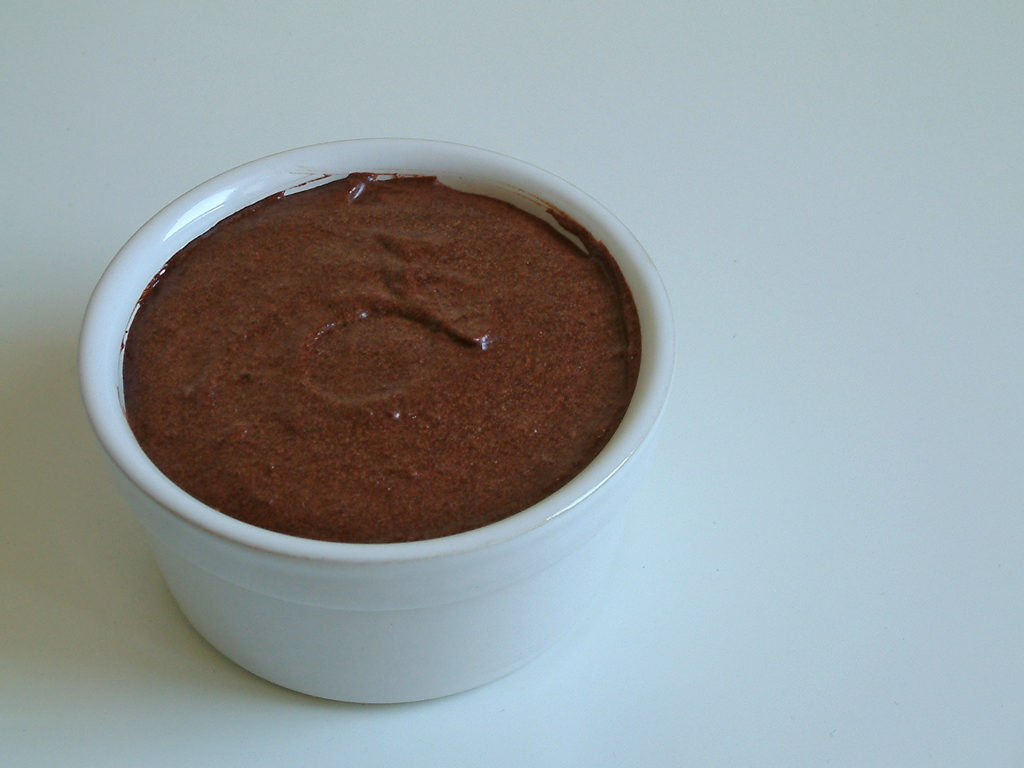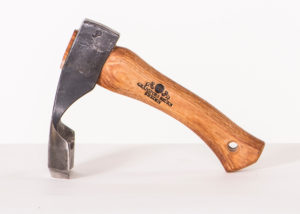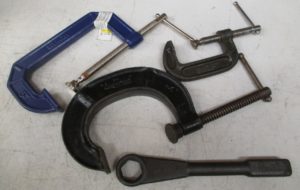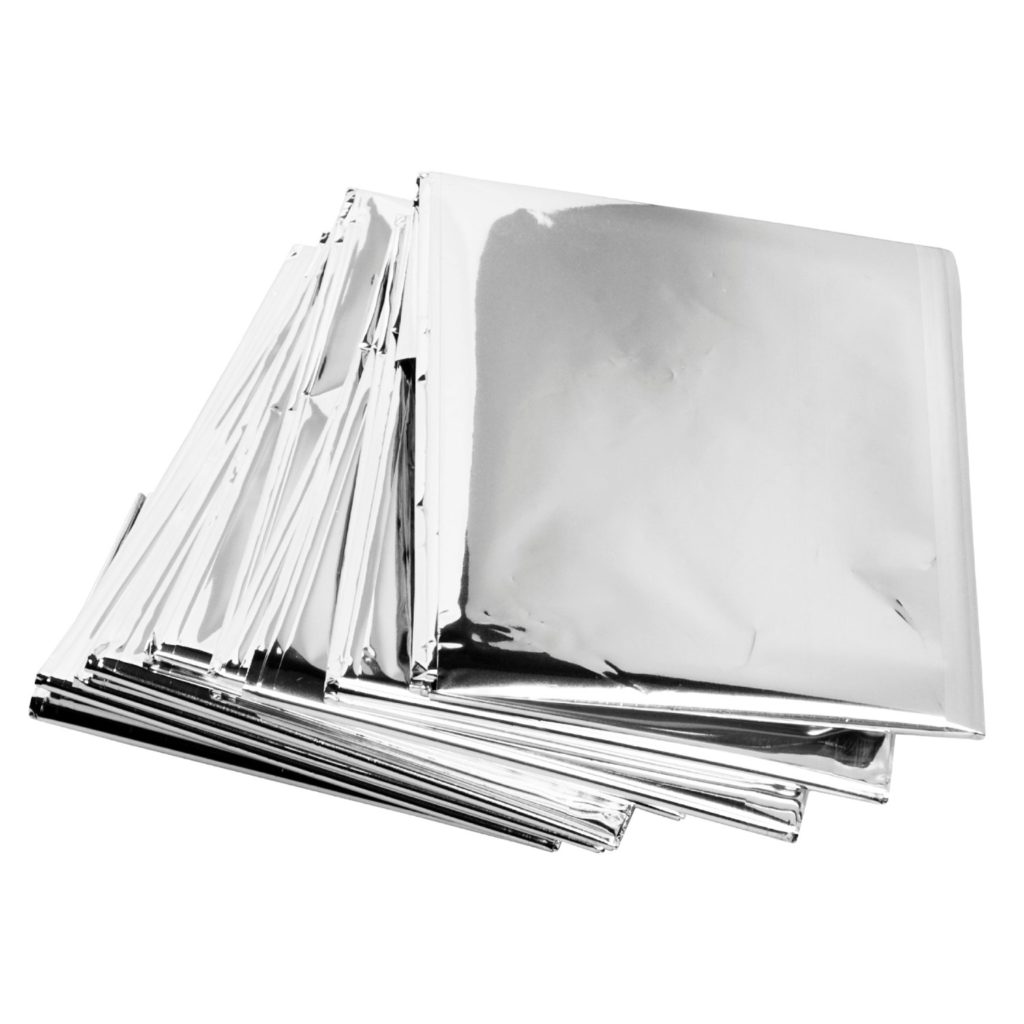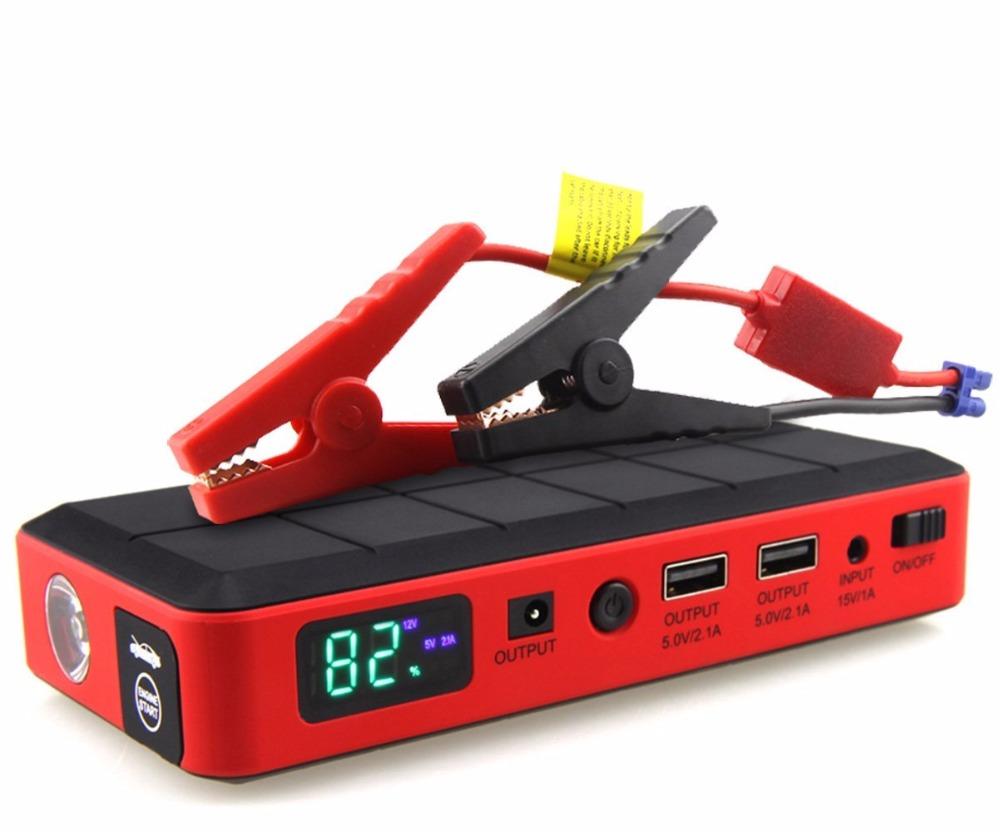You’re looking at a man who is 50 bucks richer than yesterday. Why? Because I just won myself a bet, that’s why. See, a while back, I got into an argument with a prepper friend of mine – great guy, but a bit of a shrewd when it comes to buying survival equipment. His theory is nothing can beat first-hand, mint, hot-off-the-press items (yup, he’s that kind of dude who believes in the power of new, I’m not talking about religion here).
Anyway, we were out talking about the finer points of pre-EMP prepping (meaning that we cracked open a couple of cold ones and watching the game), when he got around to telling us how he spent this $1,000 monthly bonus on gear.
Can’t say that I was too impressed about the sum, and neither were the other guys. Now, a couple of minutes later, I wagered him that I could probably get the same items he got for $20 if not less. Of course, no wager’s complete without something to sweeten the pot – our bet was 50 bucks. Kind of have to admit that it was like taking candy for a tyke because I knew that the yard sale season was coming (sorry, dude, but you kind of asked for it).
And so, at the crack of dawn, I got up, put on my awesome lumberjack jacket and went around the neighborhood to see what’s cooking.
Living in the suburbs does have its perks – neighbors are annoyingly friendly and, with a bit of luck and, of course, a wide smile painted on your face, you can probably end up buying everything you need from the house without having to spend more dough than necessary.
And wouldn’t you know it, I managed to spend no more and no less than 20 bucks. Needless to say, my wife gave me the death stare when I got home with all that stuff because I knew too well that we have a major storage issue. But, a bet’s a bet.
So, after my glory dance and in-your-face-loser moment, I thought I should let you guys on the spoils. Now, I know that most of you are not quite taken aback by the perspective of buying survival stuff from an old man’s garage, but if you know what you’re looking for and know how to haggle a bit, you can even walk out with stuff you usually find in antique stores (a friend of mine bought a fully functional pair of WW2 field binoculars from a guy with a “$5 everything” sign on his table).
Now, without further ado, here’s what 20 bucks got me from yard sales.
- Radio
I was planning on buying myself a CB radio for the family van, but never really got around to it. Luckily, while doing a bit of snooping at the yard sale, I managed to find a fully functional one.
The owner, who was a cab driver in NY before retirement said he bought the thing back in the ’70s for his pickup but never used it. After a bit of haggling, I’ve managed to convince him to sell me the thing for five bucks.
Apparently, he was so grateful for getting rid of that thing, that he even gave me the matching antenna and car dongle. Neat!
2. Hiking pack and frame
One does not have to be a mountain junkie to get a hiking pack. Those things are great for most any job that requires some serious lifting.
Can’t say I needed a pack, but seeing that this dude was selling and an army-style pack with a metallic frame – those things are so old-school, that even pops said he hadn’t seen one of those since his days in the Army. The pack was in a pretty good condition, considering the price (paid $4 for it).
Still, I had to sew back one of the straps which probably came lose some time ago and reinforce the metal frame with some pieces of sheet iron. Other than that, I think I got a pretty good deal if I say so myself.
3. Propane tank
Propane tanks aren’t that pricey, but hauling them can give anyone nightmares. I personally abhor to go and refill the propane canisters for our generator, that’s why I always avoid using it till the very last moment.
In searching the yard sale, I came upon a nice lady who said that she no longer has a use for a BBQ propane tank since the thing broke down years ago. Scored one full propane tank for a couple of bucks. Great! Now I got to figure out what to use it on.
4. Suturing kits and medical instruments
One of the biggest frustrations is not being able to get into pre-med. Don’t quite recall exactly what happened, but it doesn’t really matter. Anyway, I’m sort of a freak when it comes to med stuff (even got my own CPR dummy in the garage), which means I’m always on the lookout for a way to make my super-duper first-aid kit even more awesome.
In searching for stuff, I came upon this elderly gent who used to be a gynecologist back in the day. We chatted for a while about the med, disease, pills, aches, and things like that. Didn’t leave empty-handed, though – got a couple of sealed 3.0 silk suturing kit, forceps, and a pair of pickups for $6 (of course I’ll sterilize them before use!). He was nice enough to throw in a scalpel, as a bonus (love you, gramps!).
5. Gold and silver coins
You don’t know a thing about swindling if you’ve never been to a yard sale. One of the guys living next to my house was offering for sale a small chest which he claimed to contain golden and silver coins from Napoleon’s time. Was a bit skeptical at first, but I soon came to realize that the man was right.
What follows is a “don’t try this at home, kids” moment – took a bit off one and told the man that all of them were tin replicas of Napoleonic coins. Yes, I know I should be ashamed, but that’s how it went down. I bought the chest and lot for $8. The things you find at yard sales nowadays!
6. Hand-cranked lantern
Remember those oil-powered lanterns you see in any Victorian movie? I managed to get myself a pretty decent electrically-powered replica of one for $3. Still, I think it needs a little bit of work – the bulb flickers from time to time, and the reflector dish is smudged.
The crank could also use a bit of oiling. Other than that, the lantern’s pretty good, and I can’t wait to try it out the next time I go camping with my wife.
7. Shit-ton of books
You can never have enough books. Yes, I admit to being a true-blooded book hoarder, and f-ing proud of it. Now, I’m painfully aware of the fact that electronic gadgets such as Kindles are great for the environment and all that, but I wouldn’t trade the smell of old books for anything. Not even at gunpoint.
Anyway, this time I managed to restock my poetry shelves with some classics – Tennyson, Whitman, Coleridge, and a little bit of Edgar Allan Poe. Some of them are in a deplorable state; the complete poetical works of Tennyson is covered in childish doodles, and even Poe’s not in very good shape. Still, two bucks are two bucks.
8. Canning jars
Whether it’s for pickling meat, stock, bouillon or storing MREs, canning jar are always a sight for sore eyes. Yeah, I know you can buy them by the dozen from any supermarket, but why bother when your neighbor is selling them at ludicrously low prices? I picked three jumbo pickling jars for 20 cents, each. Wife won’t be thrilled to find out that I’ll soon pickle more stuff, but, hey, can’t a man have fun around the kitchen?
9. Weathering stones
If you’re just as obsessed about keeping your knives razor-sharp, you know that weathering stones are a must around the house. Each time I go out shopping, I never forget to bag at least two or three. My yard sale tour was quite fruitful in this regard – managed to buy several sharpening stones of various smoothness for 10 cents each.
10. Intact tarps
Tarps are the Tom Mix pocket knife of B.O.B prepping, meaning that you can do just about anything with them – collect rainwater, use them for cover, make them into rain ponchos.
They’re also quite useful for keeping firewood dry and covering swimming pools during fall. The trouble with buying tarps from yard sales is that most of them are either warped or have small holes in them.
Yes, I know that you can fix those in the jiffy, but what’s the point of paying for a tarp if you have to patch it afterward? I got lucky on this one – my next-door neighbor sold me a couple of military-grade tarps for 2 bucks each. Quite a bargain and after getting them home, I realized that they were in pristine state.
11. Sleeping bag
It’s not what you might call hygienical, but who cares about germs and all that when you’re in an SHTF situation – probably the man with an infected wound.
Anyway, I really didn’t need another sleeping bag. Still, who can resist those granny eyes telling you that you’re as sweet as her grandson? A couple of minutes later and minus five bucks, I had a brand-new old sleeping bag.
12. Vacuum cleaner
You know what irks me the most about today’s electronics? They’re so fragile. Two years ago, I had an argument with my wife about what kind of vacuum cleaner we should buy. I may be stingy, but compared to her, I’m a spendthrift. So, we got this cheap-ass vacuum from the electronics store. Fast-forward in time, just before the bet, the wife called me to say that the motor burned out.
Great! More money on electronics, I told myself. But that yard sale really managed to sort this one out. There was this man who was selling a brand-new, no-sack, water filtration Samsung vacuum. The thing was in perfect condition – he didn’t even open the box. After haggling for a bit, I managed to convince him to sell it to me for $25 (yes, I know that I didn’t play fair, but the vacuum wasn’t even on the list).
13. WWI gas mask (I shit you not!)
On the topic of curious picked up from flea markets, sometimes, I have to admit, that these things are veritable treasure troves. During one of my raids (yeah, that’s what I like to call them) I actually managed to get my grimy paws on an authentic WWI gas mask.
Sure, it had no filter, and the bag was a little warped, but other than that the mask was in pretty good condition. I spend around $7 or $8 (can’t remember) for this piece of war memorabilia.
Dunno for sure what I’m going to do with it, though. It’s obvious that it can’t be used in this state, and spare WW1 gas masks filters are pretty expensive. Anyway, if you know someone who refurbished infantry equipment, do give me a holler. Beer will be on me!
14. Portable ashtray
Yes, I know I should give smoking for Lent – easier said than done. Meanwhile, I have had some issues over what to do with those butts while hiking. Lucky for my local yard sale, because I managed to pick up some sets of three portable ashtrays (they even come with a lanyard hole in case you want to attach it to your backpack). The set was 2 bucks a piece. I bought three of them!
15. Spare ammo
Well, if you’re missing a couple of ammo boxes, you can always call upon your neighbors’ stocks. Haven’t picked up ammo from yard sales, but I’ve seen a guy who sold shotgun shells and AR ammo for $5 apiece. So, whenever in doubt, check your local flea market.
I know that most of you are not into buying survival stuff from a yard sale, but if you know what you’re looking for you can even walk out with



